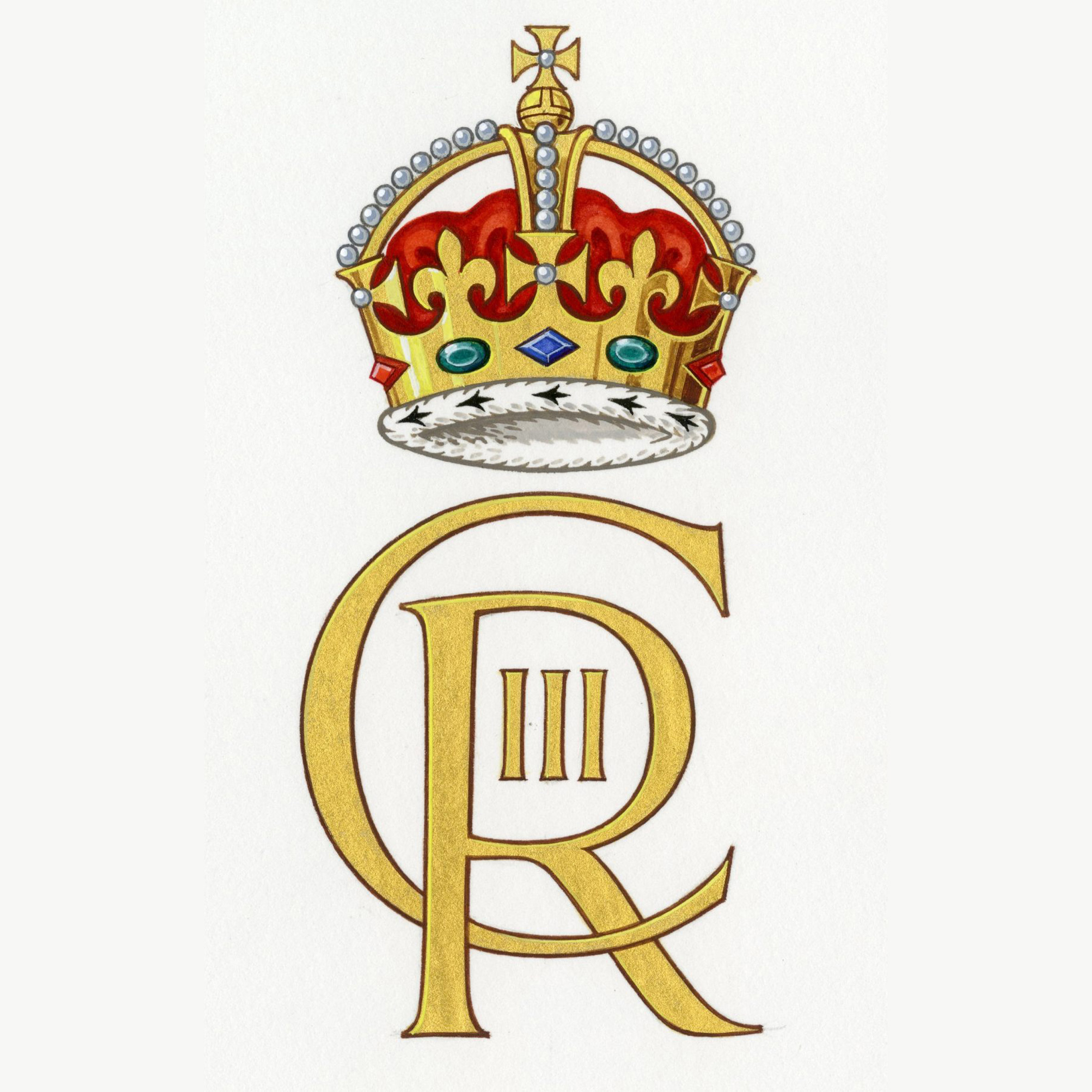By Sofia Diaz
On the 6th May 2023, Charles III’s coronation will take place and although for many it is going to be a time of celebration, for others it will be a time of criticism for Britain. While most of the attention should be focused on the future King, recently, focus has shifted onto the soon to be Queen Consort. Camilla is set to be wearing a crown once worn by Charles’ Grandmother at her coronation in 1937, at his request, and at the centre of that crown sits the Kohinoor Diamond, which is one of the biggest and most expensive diamonds in the world. However, when India was a British colony, this diamond was stolen after the Kakatiyas were looted in 1849. To this day, the British argue that this priceless diamond was given to Queen Victoria as a gift, although many disagree. If Camilla decides to wear this crown, Fiammetta Rocco argued that “for Indians this would be a massive democratic grenade.”
This crown’s colonial past adds fuel to a broader debate over artefacts, many of which are found in British History Museums, which were taken from hundreds of countries over thousands of years and whether they should be returned to their original nations. Now more than ever, restitution is becoming more favourable as people would like to see artefacts from their own countries’ heritage, in their own countries. The British Museum is renowned for its astounding collection of over eight million artefacts; however, it is also the world’s largest receiver and holder of stolen antiquities. Glasgow Life Museums will be the first in Britain to return goods to not only India, but the infamous Benin Bronzes to Nigeria, which were also stolen in 1897. Many believe that this is still not enough actions to rectify past mistakes and return these culturally significant artefacts back to their rightful homes. Restitution remains a controversial subject, and there are expected to be drastic changes to our museums in 2023. The world will watch to see if Camilla will wear the Kohinoor Diamond, and spark past colonial controversies.
